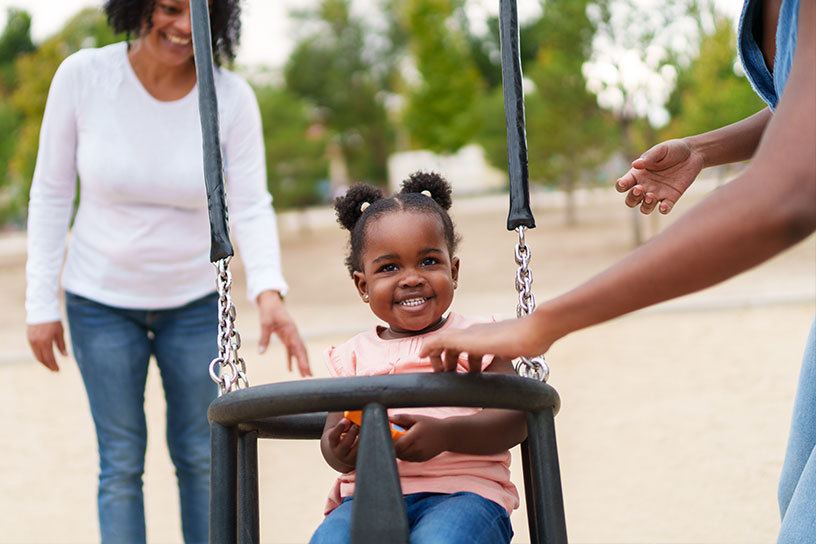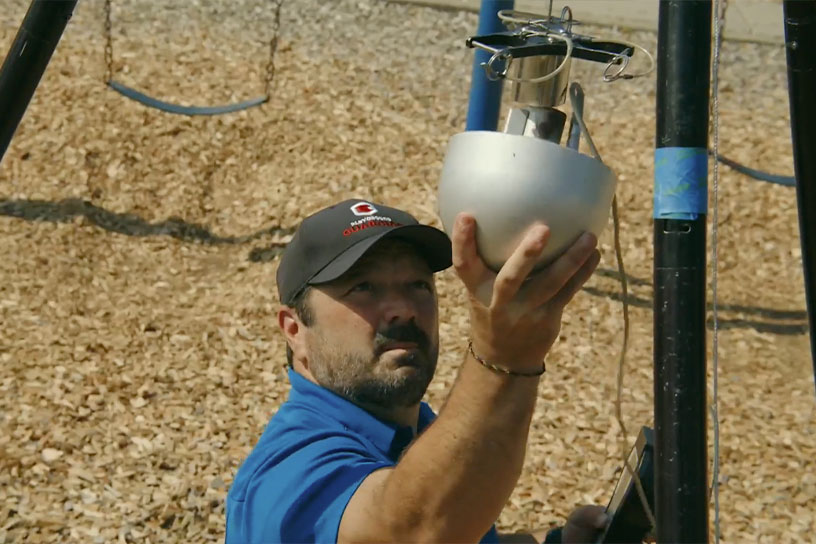As playgrounds evolve to meet the diverse needs of children worldwide, ensuring safety remains a paramount concern. Recent global trends reflect a concerted effort to harmonize safety standards, incorporate innovative technologies, and promote inclusive play environments.
1. Harmonization of International Safety Standards
Globally, countries are aligning their playground safety regulations to ensure consistent protection for children.
United States: The Consumer Product Safety Commission (CPSC) provides guidelines through the Public Playground Safety Handbook, while ASTM International offers standards like ASTM F1487 for equipment safety.
Europe: The European Committee for Standardization (CEN) has established EN 1176 and EN 1177, focusing on equipment design and surfacing requirements.
Australia and New Zealand: Standards such as AS/NZS 4486.1 guide the development, installation, and maintenance of playgrounds.
Canada: The Canadian Standards Association (CSA) developed CSA Z614, outlining safety requirements for play spaces and equipment.
This global alignment facilitates international collaboration and ensures a baseline of safety across borders.
2. Emphasis on Inclusive and Accessible Playgrounds
Modern playgrounds are increasingly designed to be inclusive, catering to children of all abilities. Features such as wheelchair-accessible ramps, sensory play areas, and equipment suitable for various developmental needs are becoming standard. This shift not only promotes safety but also fosters social inclusion and equal play opportunities.
3. Integration of Advanced Materials and Technologies
Innovations in materials and technology are enhancing playground safety: Whirlix is enhancing playground safety through the use of innovative materials and cutting-edge technology.
Rubberized Surfacing: Replacing traditional materials like sand, rubberized surfaces offer better shock absorption, reducing injury risks from falls.
Anti-Microbial Coatings: Post-pandemic, there's a surge in using coatings that inhibit microbial growth, ensuring cleaner play environments.
Smart Equipment: Some playgrounds now feature equipment with sensors that monitor usage, detect potential hazards, and alert caregivers in emergencies.
4. Regular Maintenance and Safety Inspections
Ensuring ongoing safety requires consistent maintenance and inspections:
Certified Inspections: Organizations like the National Recreation and Park Association (NRPA) offer Certified Playground Safety Inspector (CPSI) programs to train professionals in identifying and mitigating hazards.
Surface Impact Testing: Regular testing ensures that surfacing materials maintain adequate shock absorption over time.
5. Community and Government Collaboration
Effective playground safety is a collaborative effort:
Government Role: Legislation and regulations set the framework for safety standards.
Playground Guardian
Community Involvement: Local communities play a crucial role in implementing standards, conducting inspections, and maintaining equipment.Educational campaigns further raise awareness, encouraging safe play practices among children and caregivers. By embracing these global trends, stakeholders can ensure that playgrounds remain safe, inclusive, and enjoyable spaces for all children. Partnering with Playground Guardian ensures your playground remains safe, compliant, and well-maintained through expert inspections, detailed reporting, and ongoing support tailored to your community’s needs. Reach out to us today to schedule a consultation.





